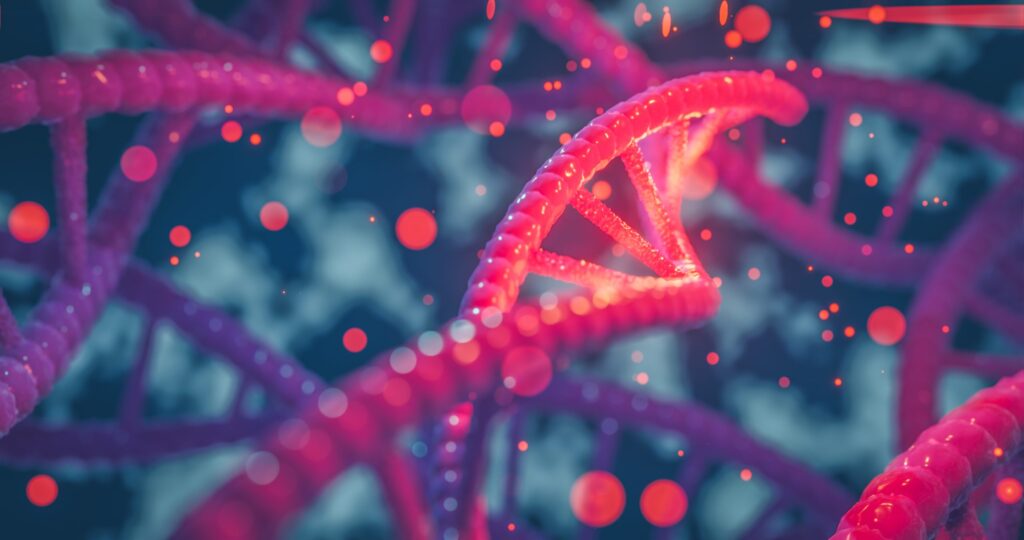A powerful genomic tool that can spot genetic causes of disease hidden within the folds of chromosomes could transform the diagnosis and treatment of genetic disorders.
Genomic Proximity Mapping (GPM) captures 3D chromatin interactions, enabling concealed, disease-causing structural variants to be detected in a way not possible through conventional means.
The high-throughput chromosome conformation capture sequencing (HiC) method, outlined in The Journal of Molecular Diagnostics, provides a sequence-efficient approach for detecting large-scale chromosomal rearrangements.
Unlike traditional linear approaches that treat DNA as a one-dimensional sequence, the Hi-C mapping tool reveals the spatial arrangement of genomic loci.
This enables abnormal contact patterns in chromatin interaction to be traced in the genome and allows both copy-number changes and rearrangements in DNA to be spotted.
“We were excited by how much hidden complexity GPM revealed,” said researcher He Fang, PhD, from the University of Washington School of Medicine in Seattle.
“Using modern tools like GPM allows us to uncover hidden DNA rearrangements that standard tests miss.”
Fang and team applied GPM to 123 people diagnosed with constitutional disorders caused by genomic structural variants that were identified through standard-of-care methods. Forty normal control individuals were also included as well as an additional five cell lines with well-characterized structural variants to serve as benchmarks in the analysis.
GPM correctly detected all previously identified large chromosomal variants in the main group of 123 participants, which consisted of 110 previously identified deletions/duplications and 27 rearrangements.
The Hi-C tool discovered breakpoints of both balanced and unbalanced rearrangements with a high degree of accuracy, to within around 10 kb. For example, one patient with a known three-way translocation was identified with 13 breakpoints across four chromosomes when GPM mapping was used.
The tool maintained a robust performance with challenging samples including formalin-fixed, paraffin-embedded tissues, and was able to detect mosaicism with high sensitivity.
It also uncovered 12 novel structural variants that were missed by standard clinical tests.
The findings revealed that patients with more than two chromosomal rearrangements identified by traditional cytogenetics often harbored additional, cryptic rearrangements that remain undetected by standard-of-care methods.
In each patient that had multiple rearrangements by traditional tests, GPM found additional cryptic changes.
“It was also impressive that GPM detected low-level mosaic variants, or cells with different genetic makeup, with high sensitivity,” reported Fang. “These discoveries went beyond our expectations and highlight the power of this new method.”
The authors noted that a central advantage of GPM is its ability to detect translocations and other rearrangements at a lower sequencing coverage than other next-generation sequencing–based methods, reducing both cost and resource demands without sacrificing sensitivity.
This was largely due to its reliance on spatial chromatin interactions rather than solely on sequence read alignment.
GPM also excelled in detecting complex chromosomal rearrangements that were challenging to identify by conventional sequencing methods.
“GPM offers broad clinical benefits. It enables high-resolution, comprehensive genomic characterization, even from compromised samples such as low-quality or archived preserved tissue,” reported Yajuan Liu, PhD, also at the University of Washington.
“As genomic medicine moves toward precision diagnostics, this new tool addresses current limitations in genetic testing, improving diagnostics and empowering doctors to provide personalized treatment, tailored monitoring, better prognosis, and improved family counseling.”

